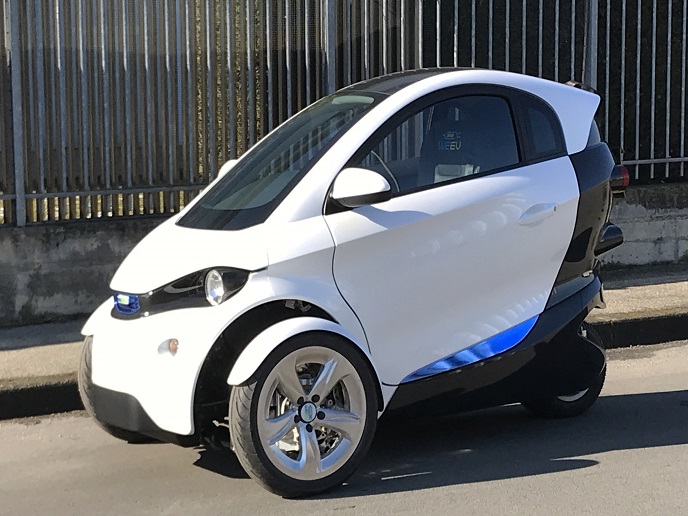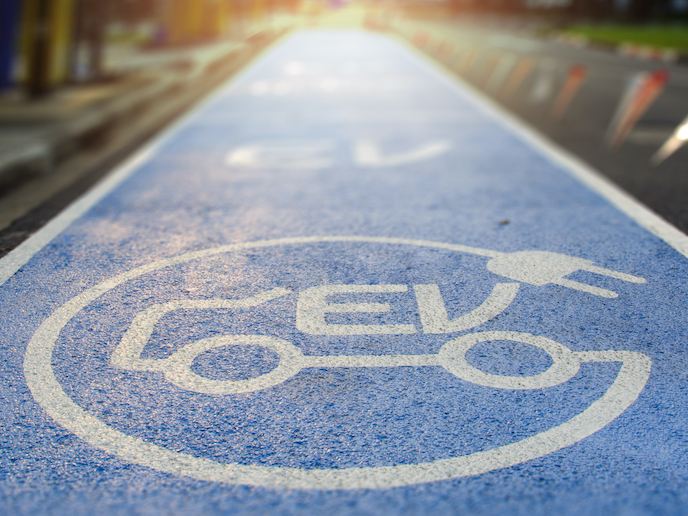Electric vehicle innovations put users in driving seat
Electric cars (EVs) are increasingly considered by consumers as viable alternatives to fossil fuel-powered vehicles. This has long been seen as a key element in Europe’s transition towards greener forms of mobility. To fully achieve market acceptance however, some important challenges still need to be overcome. Many consumers remain wary about the range of electric vehicles – especially EVs with smaller batteries – as well as charging times, the availability of charging stations, and overall purchasing and running costs.
Enhanced information and awareness for EV drivers
The EU-supported CEVOLVER(opens in new window) project sought to tackle these issues by taking a holistic, user-centric approach to EVs. “We not only wanted to optimise the vehicle itself, but also take account of the whole environment,” explains CEVOLVER project coordinator Christof Schernus from FEV Europe(opens in new window) in Germany. In practice, this means not only providing drivers with information on charging station locations, but also advice on how to operate their car more efficiently. “The biggest factor in EV energy usage remains the user,” says Schernus. “It is easy to double energy usage if you’re not a smooth driver. I think this knowledge – that your driving habits can significantly influence your range – is a mind-changer.” The EV prototypes used in the project feature a partially cloud-based algorithm for eco-routing, eco-charging and eco-driving. It evaluates high-resolution 3D maps, including road gradients and information about charging stations. Based on this, a faster-than-real-time model of the vehicle calculates where energy can be recuperated, and where it can be saved. This cloud service, says Schernus, helps drivers to plan their charging stops more strategically. It enables EVs with small batteries to go on long travels with minimal additional charging time. In-situ traffic information, from front camera and/or radar for example, is included in the advice the driver gets about target speed profiles and other detailed route recommendations, to minimise the energy used for driving.
Innovations to boost energy performance
The CEVOLVER consortium, which included two vehicle manufacturers, not only looked at improving the driver experience. Technological innovations to achieve better energy performance were also investigated. “Thermal management is critically important to energy efficiency,” says Schernus. “We investigated the possibility of heat storage and heat pumps, as well as utilising waste heat of batteries and electronics to warm the car while at the same time minimising the energy used to drive the heat-pumps.” The CEVOLVER team found that radiative heating panels, as well as heated seats, surfaces and steering wheels, could be far more efficient than conventional heating systems. The team also worked on preconditioning the battery to achieve fast charging. They found that controlling the battery temperature, e.g. between 25 and 35 degrees, meant that the battery could be charged much faster.
Improved EV user experience
Through EV simulations and prototype demonstrations, the project succeeded in showing how huge operational efficiencies can be achieved. The key, believes Schernus, was integrating technical innovations with improving the user experience. “We want to tackle users’ concerns about EVs, so they can trust the range of vehicles, even if they have smaller batteries,” he says. “This is important, as smaller battery make vehicles lighter and more resource efficient. And of course, cheaper.” The consortium plans to apply for a follow-up project, to work further on user-centric vehicles with efficient thermal management. The hope is that these state-of-the-art innovations eventually become standard, boosting the reputation of EVs as efficient, reliable and cost-effective vehicles of the future.







